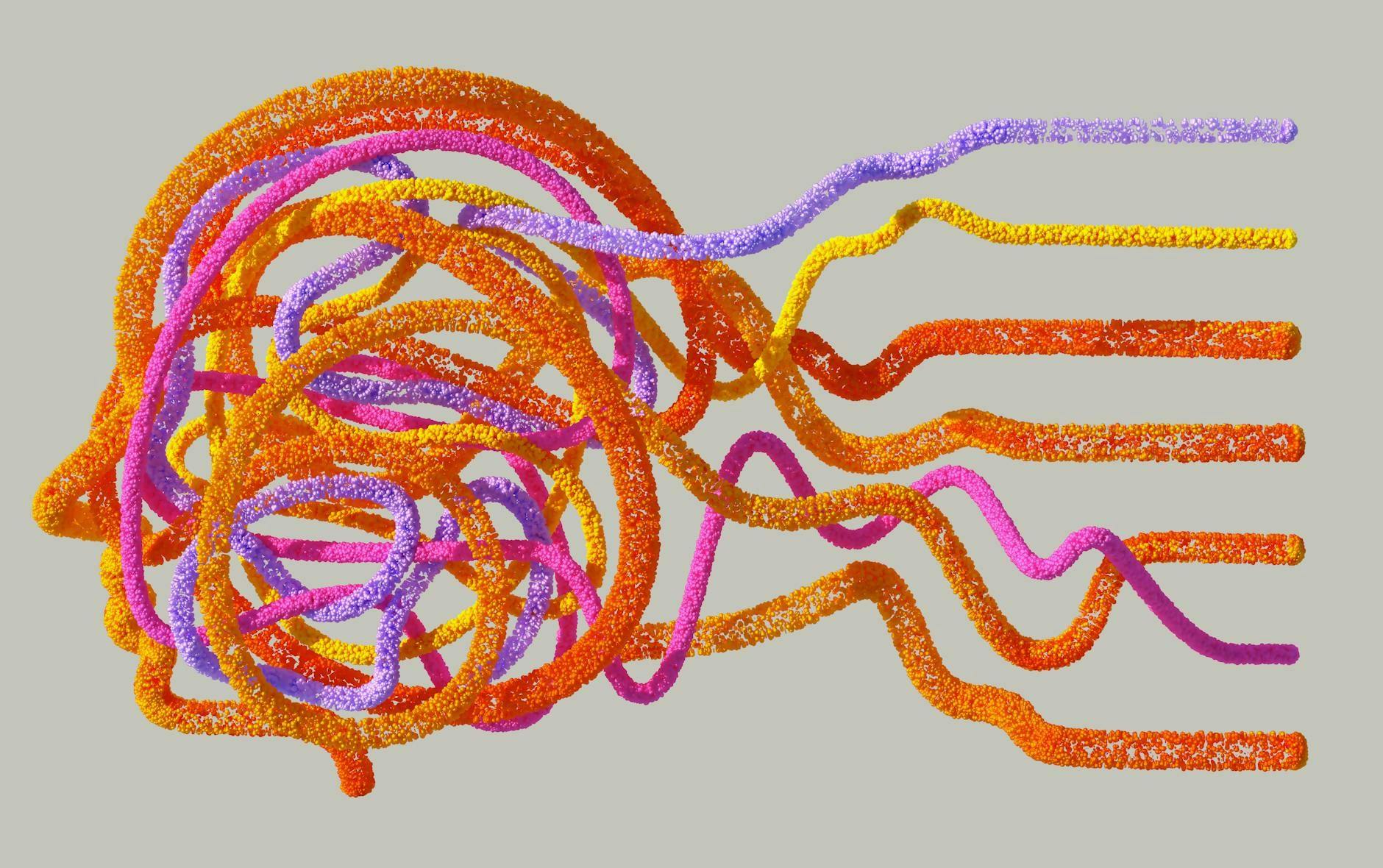Authors:
(1) Rasoul Samani, School of Electrical and Computer Engineering, Isfahan University of Technology and this author contributed equally to this work;
(2) Mohammad Dehghani, School of Electrical and Computer Engineering, University of Tehran, Tehran, Iran and this author contributed equally to this work ([email protected]);
(3) Fahime Shahrokh, School of Electrical and Computer Engineering, Isfahan University of Technology.
Table of Links
Abstract and 1. Introduction
2. Related Works
3. Methodology and 3.1 Data
3.2 Data preprocessing
3.3. Predictive models
4. Evaluation
4.1. Evaluation metrics
4.2. Results and discussion
5. Conclusion and References
In recent years, different studies have focused on machine/deep learning applications in various aspects of the healthcare system [19, 20]. In light of the significance attributed to this issue, several studies have been conducted to investigate the factors influencing the rate of hospital readmissions. Andriotti et al. [21] has examined the relationship between the duration of a patient’s hospital stay and the likelihood of their rehospitalization. The findings reveal that if the patient’s hospital stay is excessively short, the probability of their subsequent return to the hospital increases.
Mardini and Raś [22] highlight hospital readmissions as a key factor contributing to the rise in healthcare expenditures by the US government. This research employed a clustering procedure to group patients based on the similarity of their medical diagnoses. Subsequently, an algorithm was introduced, which provided treatment recommendations to physicians, resulting in a reduction in the number of patients being readmitted to the hospital. These studies shed light on the importance of understanding the relationship between hospital stay duration, medical clustering, and readmission rates, contributing to the development of strategies for mitigating readmissions and optimizing healthcare outcomes.
Brindise and Steele [23] developed a model using machine learning techniques applied to patient admission data and clinical texts. This model successfully predicted the likelihood of patient readmission prior to their discharge. The approach employed in this particular study involved employing a Bayesian network for patient classification which achieved an AUC index of 71%.
In Ben-Assuli et al. study [24], various methods, including linear regression, decision tree, and neural networks, were applied to the patient’s electronic file data and the frequency of visits to the emergency department. Through the comparison of these methods, the enhanced decision tree approach demonstrated the highest result, achieving 85% accuracy compared to the other models.
In Zheng et al. research [25], the patient’s clinical data, such as age, length of hospitalization, gender, and insurance coverage, were utilized as numerical or categorical features. A classification model called PSOSVM was designed. This model achieved the highest accuracy of 78% compared to linear regression and random forest approaches.
Furthermore, Hammoudeh et al. [26] developed a deep learning algorithm to predict readmission among diabetic patients within three time periods: less than 30 days, between 30 and 70 days, and more than 70 days. The algorithm utilized medical records of diabetic patients spanning a ten-year period. With an 8% improvement in prediction scores compared to other methods, the model achieved an AUC of 79%.
Assaf and Jayousi [27] explored the prediction of patient readmission within 30 days, using various patient demographic data, such as gender, age, admission status, as well as laboratory results and disease diagnosis codes. The study achieved an AUC of 66%.
In Moerschbacher and He study [28], patient EHR data, including demographic information, laboratory results, and discharge reports, were processed. The feature engineering process of patient discharge texts employed the bag of word approach. This study achieved a performance of 75.7% in the AUC.










